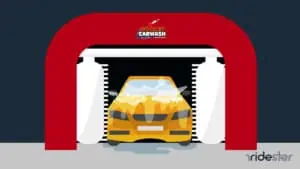Delivering food has never been easier.
Like much of the modern world, food delivery has embraced the digital era with a plethora of apps.
While the benefits for the consumer are apparent, there are also numerous benefits for restaurants.
So how exactly does the process work, and which delivery service is best for restaurants?
Here is a comprehensive guide to better understand how food delivery services work and which ones are best for restaurants.
How Do Delivery Services Work?
In the past, food delivery services were often a strenuous task for restaurants.
The process involved taking orders over the phone and diverting significant resources towards hiring delivery drivers and getting orders out promptly.
Usually, slow delivery times meant frustrated customers and potentially a damaged reputation.
Food delivery apps help streamline the delivery process by embracing a platform-to-consumer model where orders are automatically captured via third-party delivery service companies and uploaded into restaurant databases.
Leveraging these platforms does come at a considerable cost (roughly 20-30% of the profits from an order), but third party delivery service apps handle marketing initiatives and the inbound ordering process.
They also help get food out to customers on time for additional fees.
Why is Delivery Service Important for Restaurants?
In today’s dining service industry, customers expect a smooth and timely delivery process, and anything less than that is a strike against your establishment.
Firstly, delivery services are important because they allow independent restaurants to expand their delivery order radius.
Third-party platforms have increased human resources and can transport food at greater distances in faster amounts of time.
Furthermore, with the platform-to-consumer model, restaurants can field a higher volume of orders than they could via the traditional over-the-phone method of the past.
Finally, an underrated feature of a food delivery service is that it allow restaurants to get their brand out in front of consumers in ways previously unavailable through digital marketing initiatives.
When a potential customer casually browses their food delivery app, there is a good chance your restaurant will populate.
Even if this doesn’t immediately translate into an order, it is part of a longer process of increasing consumer awareness.
Which Delivery Service is Best for Restaurants?
To determine which food delivery service is best for restaurants, several factors need to be considered.
The two most crucial are efficiency and cost, but other considerations include your location and specific business interests.
Here is a more in-depth look at some of the more prominent platforms in the meal delivery service space.
1. Uber Eats
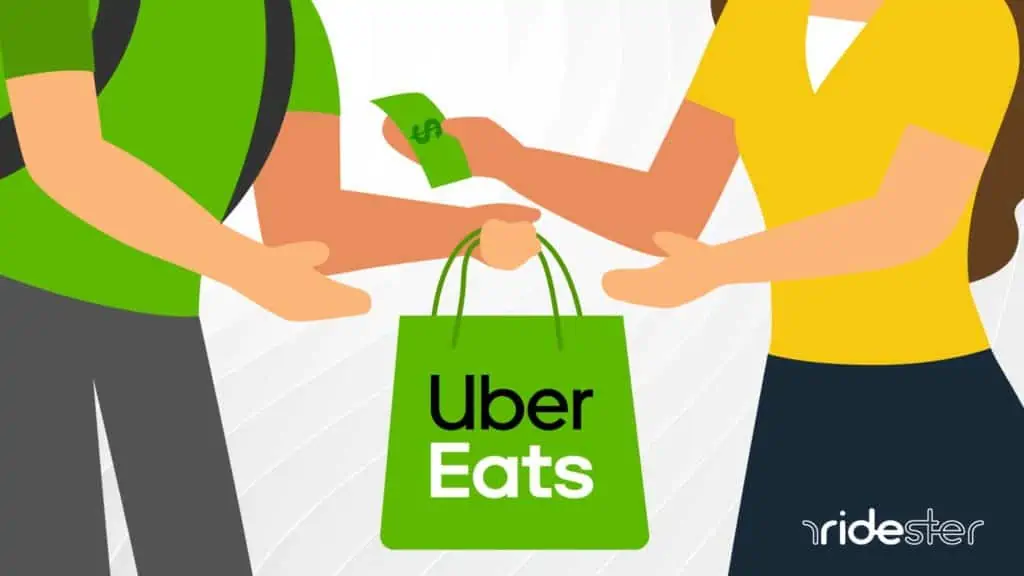
Initially just a ride-sharing platform, Uber has dramatically expanded its business through the increasingly popular Uber Eats in recent years.
How it Works
For restaurants that partner with the company via their Uber Eats merchant program, fulfilling orders is simple, with Uber Eats processing all orders and offering delivery assistance if needed.
When customers order on the app, it goes straight to the restaurant, and they can immediately begin preparing/fulfilling them.
Uber Eats offers many valuable tools to local restaurant owners to help get started, including marketing and promotions strategies, as well as methods for ranking higher in their search algorithm.
Pros
- Huge market potential with services in over 6,000 cities in North America/worldwide
- Quick delivery times/contactless delivery
- The app offers plenty of helpful marketing tips to help expand brand awareness and increase conversions.
Cons
- They charge an activation fee to launch an account
- Fees can run up to 30% if you utilize their delivery services
- Customers are charged a service fee of 15%, which may dissuade some from placing an order through the app
Uber Eats Pricing
Pricing for Uber Eats orders depends on what services you choose to utilize.
While a significant strength of Uber Eats is their expansive network of drivers, which leads to fast delivery times, they also charge a 30% delivery fee.
The activation fee to gain access to their network is $350.
2. DoorDash
DoorDash has exploded in popularity over the past several years and is now the leader (in terms of market share) among all food delivery apps, accounting for nearly 55% of all digital platform sales.
Market share is a major factor in considering which delivery service is best for restaurants.
With their current visibility in the marketplace, DoorDash positions itself as a lifeline for restaurant partners with the capability to help expand their business reach, increase their number of orders and maximize efficiency through timely deliveries.
How it Works
Similar to Uber Eats, the process of fulfilling orders as a DoorDash merchant is simple.
The DoorDash Storefront platform is integrated into the restaurant so that when an order is received through the app, the appropriate parties are notified, and the food is prepared promptly.
Pros
- Largest market share of all food delivery apps (most potential customers)
- Easy integration to help streamline food processing/online ordering fulfillment
- No commission fee for the first 30 days
Cons
- Inconsistent fees (vary on a case-by-case basis) make it harder for restaurants to forecast/budget
- Customer fees are higher in certain cities
- Restaurants can lose control of brand image/reputation for issues that aren’t their fault (i.e. slow delivery times)
DoorDash Pricing
One of the more frustrating aspects of utilizing DoorDash is the fluctuations in pricing, making it difficult to predict.
Fees vary depending on the restaurant itself as well as the geographical location.
In general, fees are roughly around 30% (20% marketing + 10% delivery).
3. Grubhub
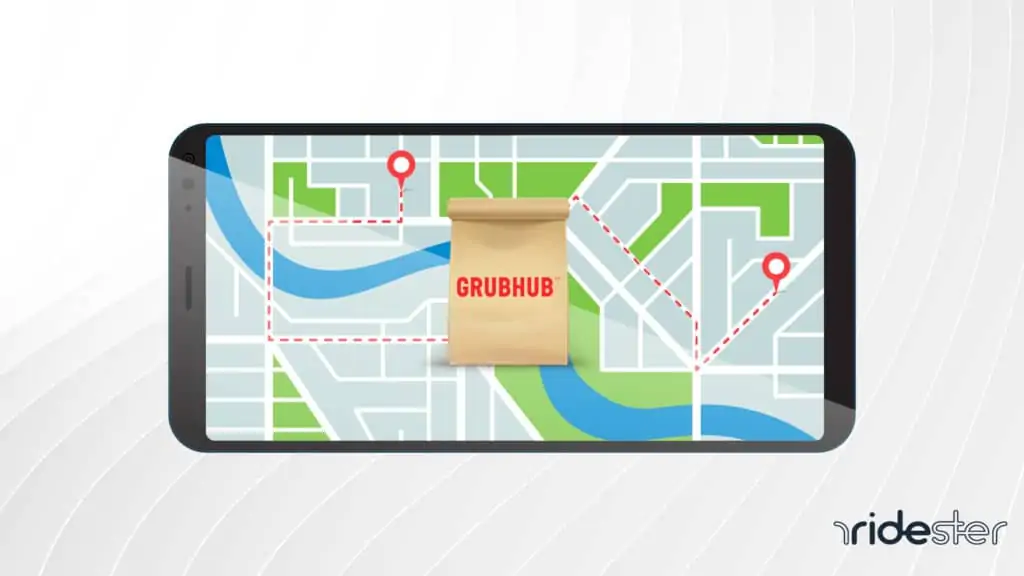
Grubhub offers a separate log-in portal for its business partners called “Grubhub for Restaurants.”
Accounts are easily accessible for both top-level admins (i.e., a restaurant owner) and regular employees, allowing for the appropriate person to monitor and track online ordering as it comes in from the app.
How it Works
Grubhub charges restaurants for several different processes, including a prepaid order commission rate of 15-30%.
They also charge a delivery commission rate of 10%.
Smaller commission rates are extended to payment processing and over the phone if customers call in using a Grubhub tracked phone number.
Pros
- Strong regional presence in certain areas (i.e., New York)
- Clear lines of communication with restaurants and an easy to navigate interface
- Opens up new marketing opportunities by sending out automated email alerts and targeted promotions/coupons
Cons
- Cumulative commission charges can lead to costly rates to fulfill orders and significantly cut into profit margins
- While once the leader in delivery service, Grubhub has seen its market share collapse in recent years. There are some parts of the country where the usage rate has declined significantly, meaning fewer orders are likely
- It is hard to rank in their search results without paying for a sponsored listing. This means to see results on the app, you may need to spend even more
Grubhub Pricing
It is difficult to determine exact pricing because it depends on how orders are fulfilled.
Some restaurants may pay as high as 40% in commission rates + advertising costs, while others may pay substantially less.
Grubhub provides restaurants with a profit calculator to help better understand fees and increase transparency.
4. Caviar
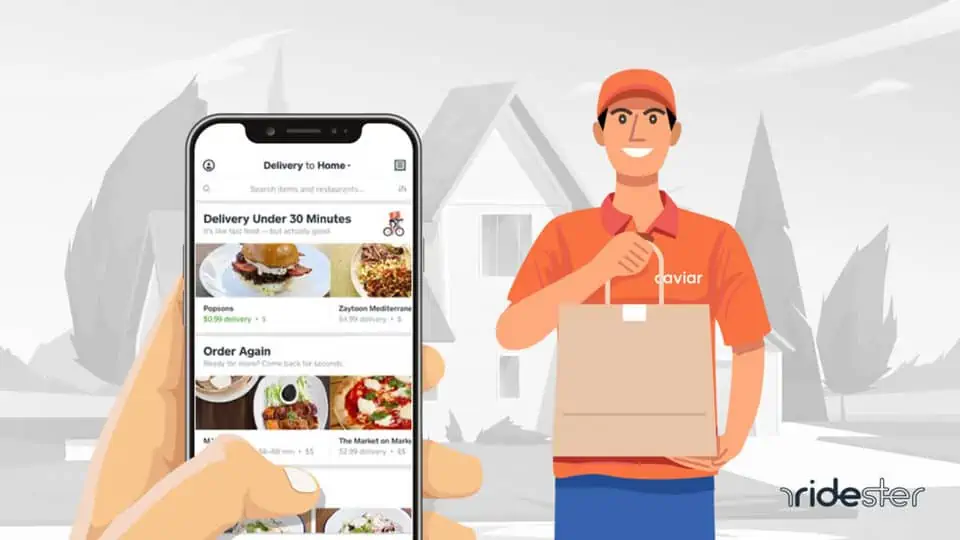
Caviar stands out in an otherwise saturated marketplace by scaling back its restaurant listings, generally offering only premium dining options.
How it Works
Whereas many of the top competitors listed above incorporate a sprawling list of dining options, Caviar’s listings are sparse by comparison, generally selecting just 1-2 different options for consumers for each type of cuisine carefully curated to ensure the highest quality.
While this means it might be more difficult for individual restaurants to get listed on the app, the ones that do populate in their search algorithms are more likely to convert customers due to decreased competition.
Pros
- More targeted user base looking for premium dining options
- Helps premium restaurants expand their services (whereas before they may not have even offered delivery) and take on a higher volume of orders
- Lower commission rates for pick-ups
Cons
- Harder to get listed due to scaled by offerings
- Smaller user base
- Slower delivery times
Caviar Pricing
Pricing depends on whether or not orders are made for pick-up or delivery.
If the customer is willing to go and get, the order fees may run as low as 10-12%.
However, if Caviar has to fulfill, delivery fees can run closer to 30%.
5. ChowNow
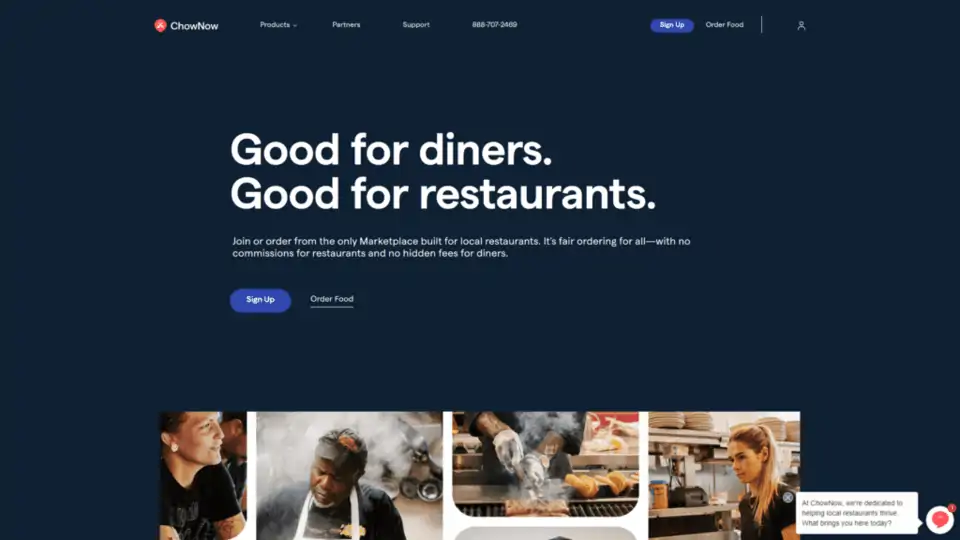
ChowNow varies from some of the other apps on this list by charging a flat fee rather than the standard commission structure.
How it Works
Flat costs include a $150 subscription fee, a $400 location fee to get started, and a finders fee of 30% for first-time customers directed to a restaurant via the app.
While these fees can add up, they also encompass support from the ChowNow marketing team and delivery services.
Pros
- High-profit potential given the lack of commission costs (especially for returning customers)
- ChowNow online ordering can be embedded into a clients website on desktop, making for a more seamless ordering process (and higher conversions)
- Support from a dedicated marketing team and robust delivery services
Cons
- Higher cost of entry. Restaurants need to pay more to get set up on the app making it more expensive to test out.
- High monthly costs place added pressure to make sales
- The app doesn’t integrate as well with the clients’ website on mobile devices
ChowNow Pricing
Pricing is a series of flat monthly fees.
The monthly subscription option is $150, the location fee is a one-time charge of $399, and the finders fee for first-time customers is 30%.
6. Postmates
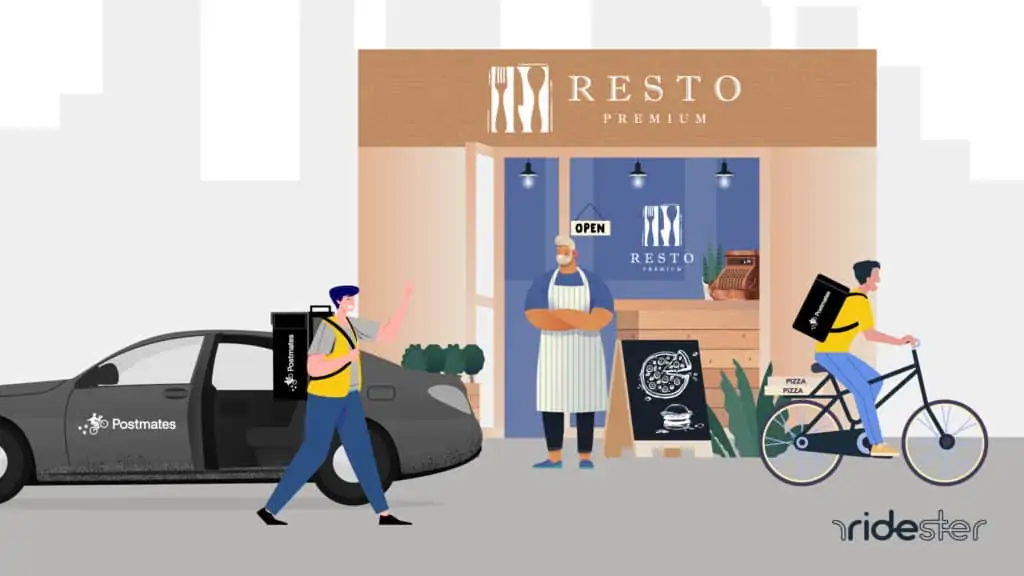
Postmates is an all-encompassing on-demand delivery platform in all 50 states.
The company has provided efficient delivery services beyond just restaurants, including grocery delivery, alcohol delivery, and more.
How it Works
Rather than integrating with restaurants, Postmates for restaurants will call in orders made via their app and send out a courier to pick them up.
Uber purchased the company in 2020, so it now integrates with the Uber Eats platform.
Pros
- Presence in all 50 states
- Versatile services (flexibility in terms of what they deliver)
- Can be integrated with Uber Eats for increased exposure
Cons
- Lack of full integration can be frustrating for restaurants
- Restaurants have less control over volume/size of orders
- High commission rates
Postmates Pricing
Postmates charges a flat commission fee of 30% to take and deliver orders.
Wrapping Up
Ultimately, it is difficult to say which delivery service is best for restaurants, as they each offer unique services tailored for specific business interests.
If you want to expand your brand and increase your sales volume, going with a trusted brand that enjoys a large percentage of market share like DoorDash and Uber Eats is a good option.
However, suppose you are looking to maximize profits over the long haul.
In that case, an option like ChowNow is worth considering, while premium restaurant owners may be intrigued by the limited competition found on the Caviar app.
Geographical location also plays a pivotal role as apps like Grubhub and DoorDash have firm a regional presence restaurant owners should not ignore.




